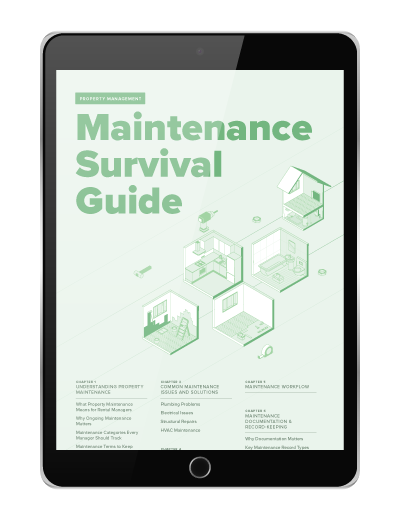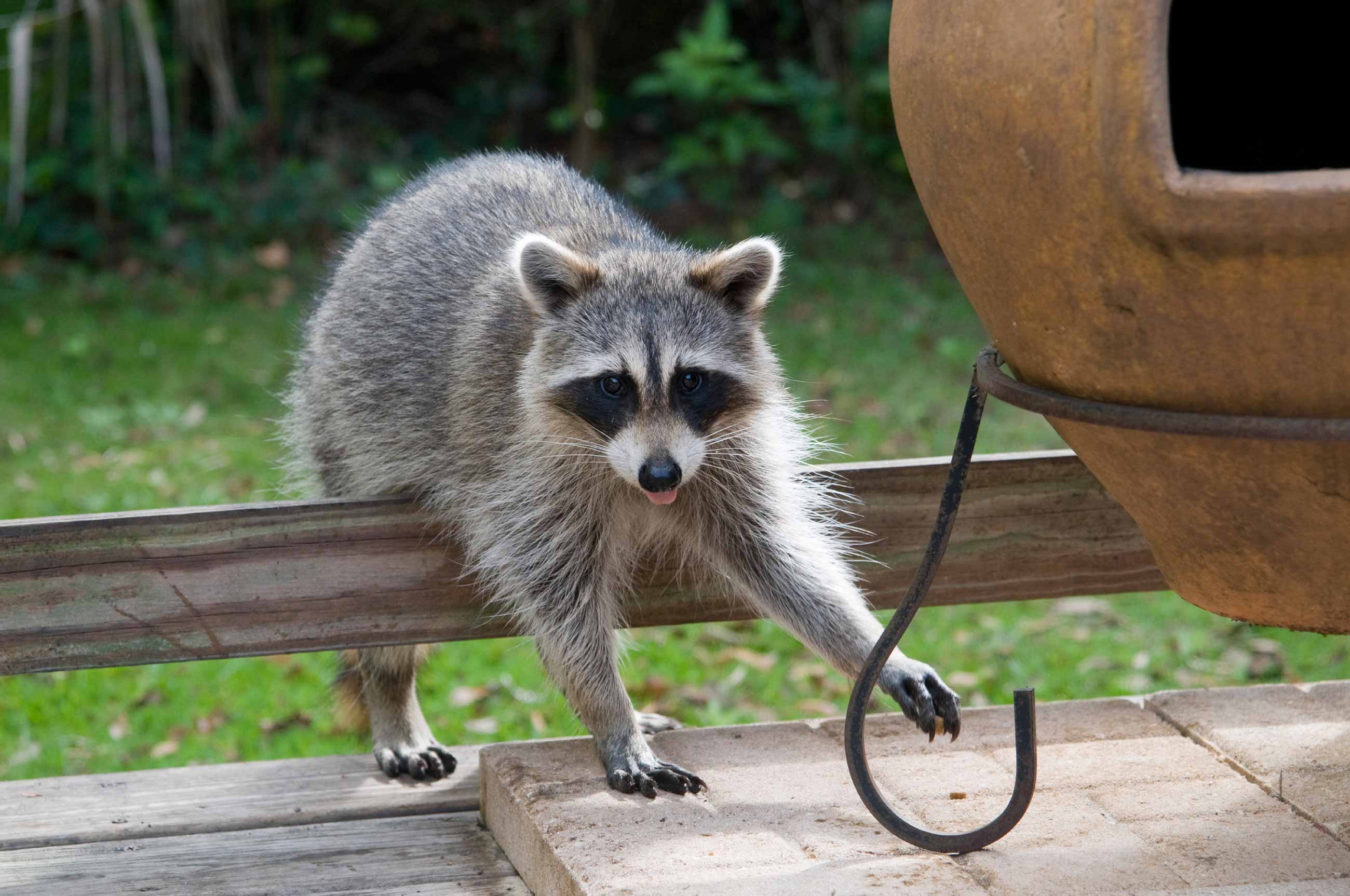In the grand scheme of challenges you face at your properties, pest prevention may be important, but not at the top of your list. However, regular maintenance and care of a building’s infrastructure is essential to stop animal and insect pests from entering and becoming nuisances that can even destroy building property.
There’s an even more important reason, though: Pest management not only will keep tenants happy but healthy, because some insects like ticks and infectious roundworms can cause serious—even fatal—problems.
“Cockroaches can spread 33 different kinds of bacteria, plus e-coli and salmonella, as well as trigger asthma and allergies,” says Missy Henriksen, vice president of public affairs for the Pest Management Association based in Fairfax, Virginia, which represents 7,000 pest management companies.
Additionally, there’s a monetary reason for staying on top of things: If problems aren’t eliminated, tenants are less likely to renew.
There are many DIY pest control steps you can take as the property manager or building owner to curtail pest infestation. The following are Henriksen’s suggestions, particularly important now as spring is underway—a time when pests show up in large numbers.
Thoroughly Clean Hallways, Basements, Attics & Outdoor Areas
Additionally, remind tenants about food cleanliness, which means removing leftovers from counters and other surfaces and putting remnants of food and drink in trash bags that they can tie and put into trash cans with lids. Recommend that tenants hose down the insides of their trash cans every few weeks.
In addition, urge tenants to clean their pantries regularly, wipe down counters, and avoid leaving dishes with food in sinks overnight. Remove the incentives, and insect pests and animals will seek smorgasbords elsewhere.
Avoid Drips & Pools of Water
Because water attracts many pests, be sure that any leaks in the building—e.g. pipes, outside hoses, and gutters—are fixed. Also, make sure that gutters extend away from the building’s foundation. Remind tenants to regularly check the pipes under their sinks and by their dishwashers and garbage disposals for water—even the smallest drips can attract pests.
Fix Holes in Doors, Windows & and Walls
Holes are excellent places for insects and animals to seek shelter for warmth, especially in the fall and winter. Pests can enter through the smallest cracks and crevices. “If you can fit a piece of paper under a door, spiders can crawl through, and rodents can enter openings as small as a coin,” Henriksen says.
Prune Branches & Shrubs Near Buildings
“They can become an aerial highway for flying animals such as squirrels and birds,” Henriksen says.
Store Firewood & Mulch Away from Buildings
Keep these items at least 15 to 18” from a building’s foundation, since these are good hiding and nesting places for termites and rodents.
Learn to Recognize Common Pests in your Area
The kinds of pest can vary widely by region. “Brown recluse spiders aren’t found everywhere,” says Henriksen. The Pest Management Association offers a very useful web site, Pest World, which shows what many look like. And while many do look alike, they can behave quite differently and require specialized treatment and prevention tactics.
If you’re unsure what kind of bugs you’re dealing with, save any you’ve killed and bring them to a local pest management company for identification.
Keep an Eye Out for Bed Bugs
Be extra-diligent about bed bugs, which are particularly troublesome in multifamily housing. To avoid them, advise tenants and owners to change their linens often and to look for telltale signs, such as dried blood on mattress covers, mattresses, and under dust ruffles.
Consider Hiring a Pest Management Company
In the case of bed bugs, fast professional action is needed to stop an infestation from growing. And if you manage many units, hiring a professional pest management company may be the best way to go.
Find a company that will provide regular monthly, bi-monthly, or quarterly checks, and be on call when needed. Choose a firm that’s licensed through your state’s Department of Agriculture and is a member of a local, state, or national trade association, and thus has access to the latest pest treatment and prevention knowledge.
Also, ask other building managers and owners for recommendations. When signing a contract for regular service, know exactly what you’re getting. For example, does the service cover termites, or is that an extra charge? Always go for value instead of the lowest price, and don’t just seek to kill the pests but prevent them from coming in the first place, Henriksen recommends.
Read more on Maintenance

